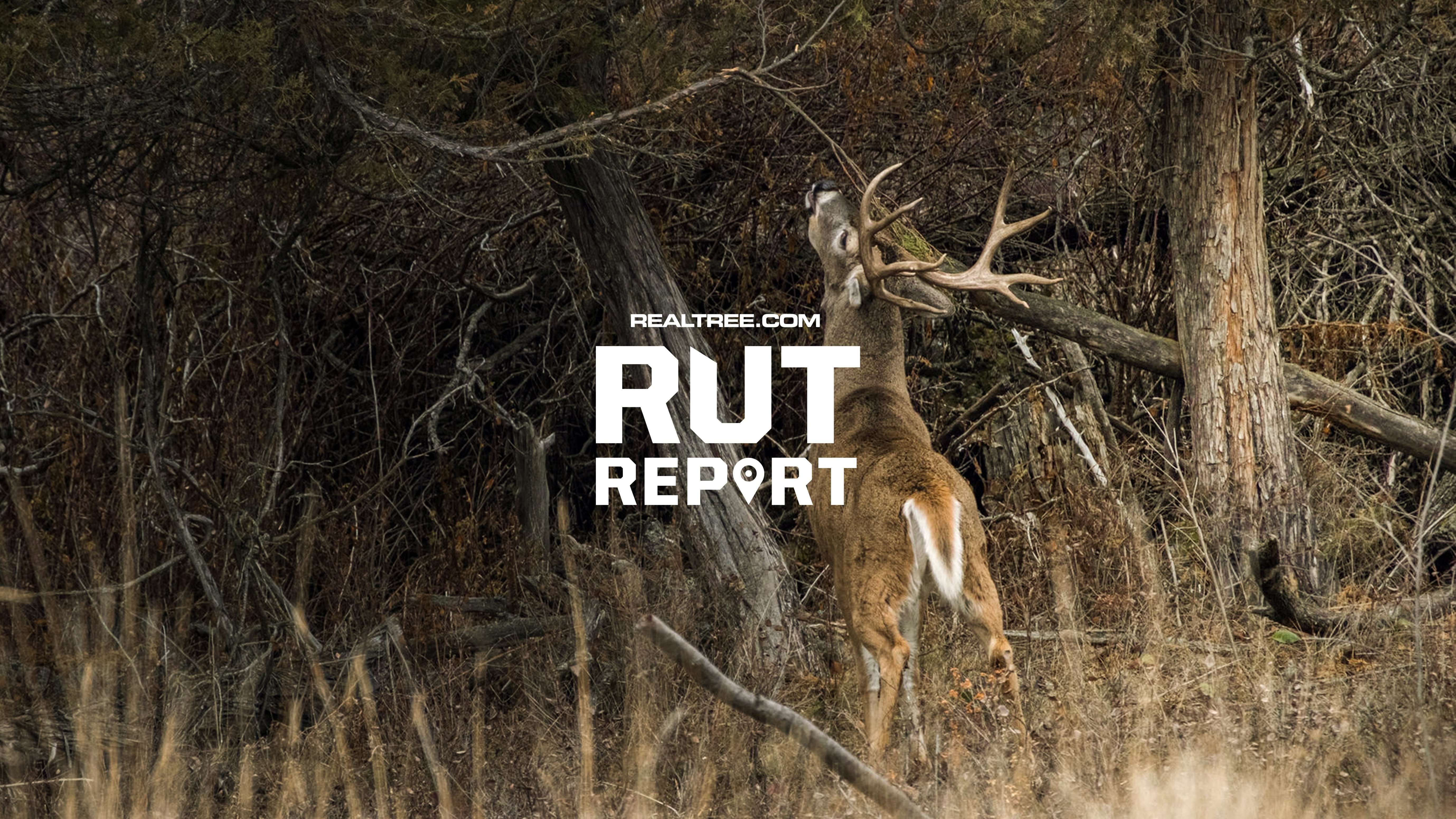Ground-breaking research shows how antler traits like tine length and spread are sometimes passed to buck fawns — and sometimes not

Genes are often destiny, but not always. Sometimes, big bucks sire small bucks. Image by Russell Graves
What makes big antlers grow so big? Various things influence the growth, including age, environment, nutrition, and a host of other factors. But genetics play a role, too. Most hunters assume big bucks will pass their genes to their fawns, which will also grow large antlers down the road. But how true is that? Cole Anderson, a graduate research assistant with the Caesar Kleberg Wildlife Research Institute at Texas A&M University-Kingsville, addressed the question with his research. The research was conducted within a large high-fenced area.
Heritability of Antler Traits
Several genetic variables come into play when it comes to antler size, including the fact that does contribute 50% of a fawn’s genetic makeup, same as bucks. Despite that, a buck’s genetics can still affect the antler size of his offspring. “Overall, antler scores are moderately heritable, with heritability estimates typically ranging between 30 to 40%,” Anderson said.
Anderson’s research indicated that larger bucks are more likely to produce above-average antlers in offspring. “Overall, 74 of 106, or about 70%, of the offspring produced by our large-antlered sires, developed above-average antlers,” he said. “On average, our large-antlered sires (with a Boone and Crockett antler score greater than 176 inches) produced offspring that averaged about 12 B&C inches greater than the population average of 145-4/8 B&C at maturity (5-½ years old). However, while these offspring were, on average, larger than the population, they rarely developed antlers as large or larger than their sire.”
In addition to better understanding general heritability, the research revealed other interesting data, including the heritability of specific antler traits, such as spread and tine length. Anderson determined that the inside spread measurement was the least heritable trait, with heritability of only 5%. Tine length, on the other hand, had a heritability of 49%.
“The overall variability in antler scores was the most interesting finding in our study,” Anderson said. “One sire produced offspring with almost 100 B&C inches between his lowest and highest-scoring son at maturity. The average difference between the smallest and largest antler scores was just under 50 B&C inches. This is the most interesting because most hunters assume that large-antlered bucks produce only large antlered offspring, but in reality, they have offspring on a wide spectrum.”
Does this Mean Culling Works?
No. There are still many long-established reasons why culling doesn’t work in free-range whitetails. “In low-fence areas, there is no control over the immigration or emigration of deer, so there is little effect of culling,” Anderson said. In the wild, bucks must compete to produce offspring. Because of this, individual bucks sire few fawns. Land managers of free-ranging deer herds have no control over this. Plus, even when culling is done, the decision is made on phenotypes alone. Pedigree records — including those of the mothers — aren’t available.
The limitations aren’t as strict in high-fenced areas. “Within fenced areas, it is possible to make some improvements with very intensive culling,” Anderson said. “For example, using a helicopter to capture bucks, age them, measure them, and then cull if below selection criteria. However, the gain per generation is reduced because one can only select on bucks, with no control over the doe side.”
Anderson’s research also helps assuage fears some hunters have about “high-grading” younger bucks with large antlers because of state-mandated antler restrictions. “With many states now implementing some form of antler point or inside spread restriction, our study should give hunters confidence that these management strategies will not negatively influence the antler characteristics of our whitetail herds. Additionally, our research helps hunters and wildlife managers make informed decisions when implementing different management strategies on their properties.”
Rather than trying to manipulate antler genetics — an effort that’s mostly in vain — do things that work to increase the antler size of bucks in your area. Allow bucks to reach older age class. Improve nutrition. Boost fawning and fawn rearing conditions. Remove stresses (such as predators) from the landscape. These things will improve antler scores faster and more effectively than culling “inferior” bucks. Genes aren’t manageable in wild whitetails — and even if they were, genetics don’t always equal destiny.
(Don’t Miss: WHAT IS DRONE DEER RECOVERY?)












